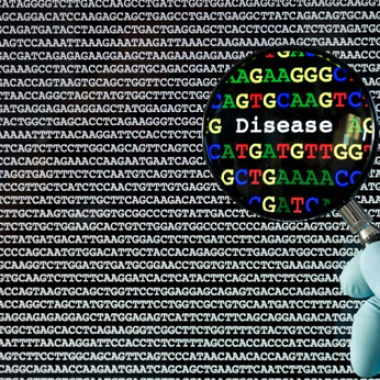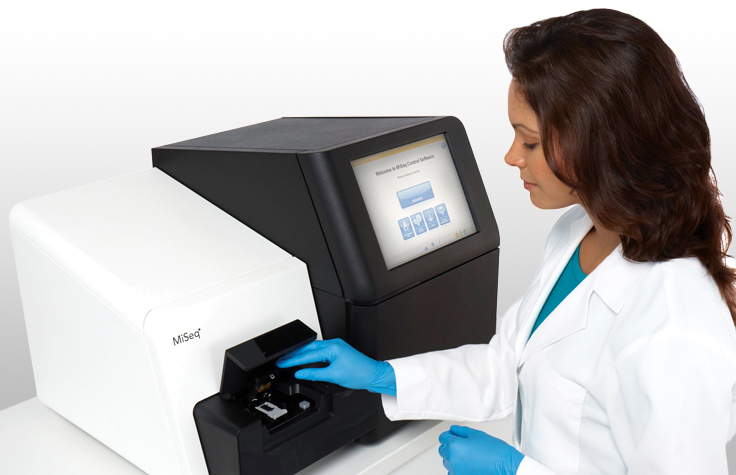Nov
2016
Biotechnology – Whole Genome Sequencing
Whole genome sequencing is the most effective way of analyzing the human genome or in other words a person’s complete set of DNA, along with its genes. A genome contains a set of instructions on how to build an organism, as well as keeping it alive, developing, and
running. After sequencing it, we should be able to know the exact order of the DNA bases (otherwise known as nucleotides) – A, C, G, and T.
The way researchers determine your sequence, is by first collecting some of your DNA, such as a blood or saliva sample, and then decoding over 3 billion of the nucleotides in a special machine. When we decode the sequence, we get a long string of letters, which are practically written in an unknown language. For example, if we were to pretend that these letters were English words, it would be a long line of words with no punctuation or spelling, making it difficult to understand. Afterwards, when your sequence is developed, it gets compared to a reference sequence to
see if there are any particular differences, known as variants. Variants can help determine almost anything about you, such as your height, eye colour, where your relatives are from, what diseases you’re carrying, etc.
This form of biotechnology was first achieved in 2003, which actually isn’t that long ago! It was completed as a part of the Human Genome Project and has made the sequencing much easier and quicker throughout the years. The very first genome sequence, 12 years ago, was at the price of $2.7 billion, but now, with the help of better technology, they can be sequenced for only $10, 000, in just a few days.
But why do we sequence genomes? By getting these large amounts of data of nucleotides in a short amount of time, we are able to determine many things about a person, such as their inherited disorders, mutations, track certain diseases, or even find out how the person responds to some medications. For example, let’s say you have an increase in a

With the help of whole genome sequencing, we are able to determine whether or not a person has certain diseases, disorders, etc.
certain variant, containing a disease that may evolve in the future. With the help of whole genome sequencing, you can find out about it early on and start doing things to
prevent it or simply start taking medications. So basically, when this form of biotechnology is put into place, we’re finding out everything there is to know about what keeps you running and alive by looking at an exact copy of what is inside your genome.
The biggest advantages to getting whole genome sequencing are not only to know about the disorders, mutations, etc., but you also have the option of donating your DNA to research of genomics, which can really help to make a difference. Although, once you do know about your genome, there may be emotional consequences. These can arise if, for example, there is a disease that is non-preventable that you may be getting sometime in the future; the sequencing might provide information about your health, but it also might not. This can be quite frightening to some people, especially since usually, you never know for sure what you can obtain.
Considering that the very first sequence was completed in 2003, not too long ago, the research needs a lot of work, as it isn’t yet fully developed. Scientists and researchers are still learning about how to use the information they are finding, so the future of this incredible form of biotechnology is still looking bright, there is still much to be discovered.
Citations:
(Rest of the citations are hyperlinked directly in the article)
https://myweb.rollins.edu/jsiry/DNA_Basepairs.gif
http://dconheels.com/wp-content/uploads/2015/03/dna-code-UCSF-380×380.jpg

